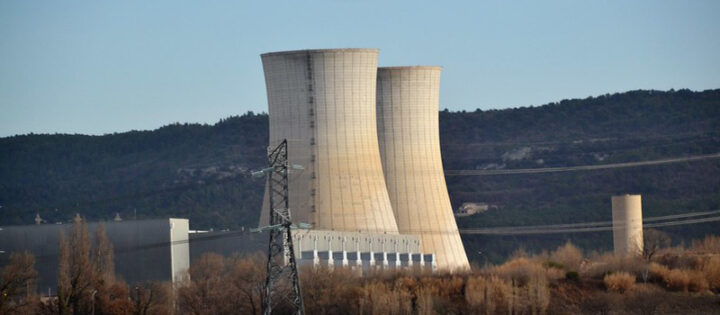
If you read this blog, you know I love to find hidden assumptions that people don’t even notice are assumptions. This time it is one of my own assumptions, and one that I suspect the vast majority of people share. TL;DR: nuclear power plants are NOT controlled nuclear bombs.
When a nuclear power station is making power, the term used is that the reactor has gone “critical”. Similarly, when nuclear bombs were first invented back in WWII, the key was having a “critical mass” for the city-ending explosion. The two terms sound similar, but are far from equivalent. When a nuclear reactor has gone critical, there is a nuclear chain reaction. The same nuclear chain reaction is what makes a nuclear bomb go boom. But no, that doesn’t been nuclear reactors can go boom.
The erroneous assumption I held since I first learned of nuclear power in my teens (40+ years ago) is that nuclear reactors were dangerous because their operators were controlling that nuclear chain reaction, actively working to keep it from exploding. That assumption is wrong. Totally wrong.
It turns out that the hard part of building a nuclear bomb is to get it to go boom, as having a chain reaction isn’t sufficient. What makes a nuclear bomb go boom is to have that reaction take place in such a small volume of space that a significant amount of the nuclear fuel reacts before the boom spreads the rest of the fuel across the city, ending the chain reaction.
Nuclear reactors are so design that they can’t do that. Not if the workers at a nuclear reactor leave the control room. Not if a super villain breaks in and tries. Not even if an evil superpower drops a nuclear bomb on a nuclear power station. The laws of physics don’t allow for a nuclear reactor to explode.
The worst thing that can happen in any American or European nuclear power station is that one of the reactors overheats and “melts down”. That term is exactly what it sounds like. The reactor itself melts into a blob of metals and oozes its way to the bottom of the reactor. The only way that hurts anyone is if it gets hot enough to split the coolant water into hydrogen and oxygen, with the hydrogen escaping and exploding the roof off the building.
The boom in Chernobyl wasn’t nuclear, it was a hydrogen explosion blowing off the room. The nuclear part of that nuclear reactor is a hot blob of metal that was subsequently encased in concrete.
The mess in Japan wasn’t even that bad. It too has a hot blob of metal coating the floor of that reactor, with the only radiation released into the environment from some steam and water that was near that melted down reactor.
The fact is that more radioactive materials are released from each and every coal power plant than from all the nuclear reactors in all of history. Coal contains small amounts of radioactive materials, most of which goes up the chimney into the air around most American, European, and Chinese cities. If you want to worry about radiation, you are far better off worrying about coal than nuclear.
But back to nuclear reactors and their safety, I finally broke my own assumptions watching a YouTube lecture from MIT. Turns out MIT has a nuclear reactor on campus. Turns out they let undergraduate students run the reactor. How? Because it turns out nuclear reactors are much much much safer than most of us think. That even if an undergraduate pulls the wrong lever or pushes the wrong button or gets distracted by Snapchat, nuclear reactors just can’t go boom.














